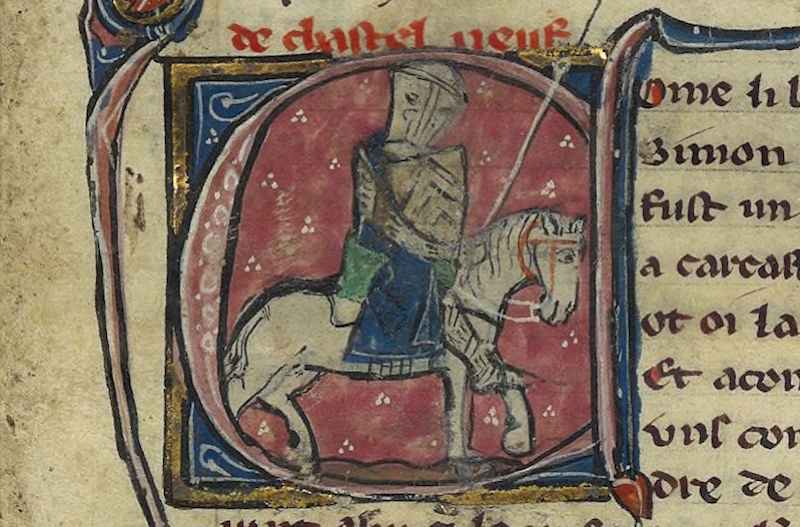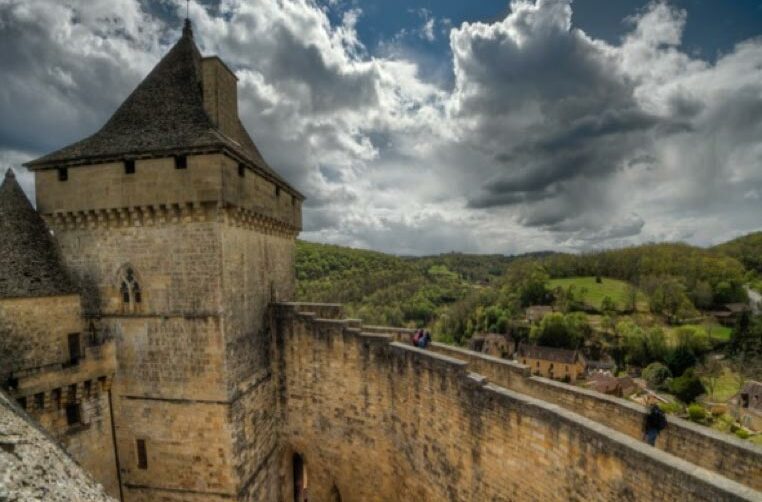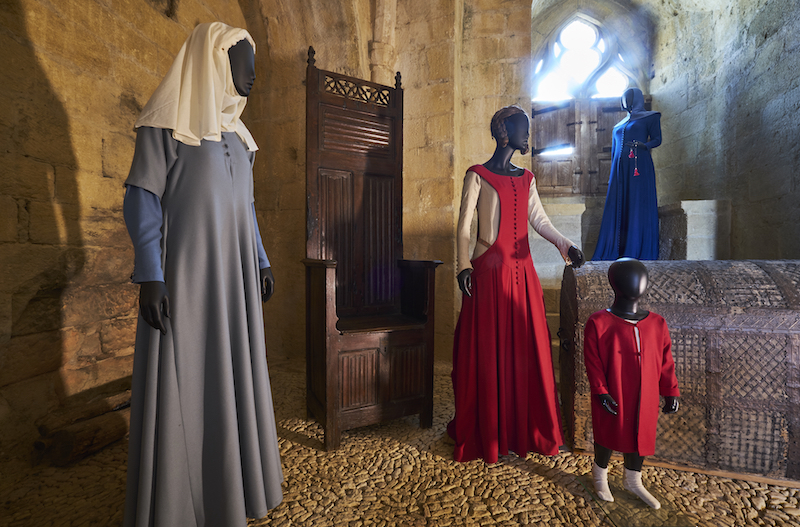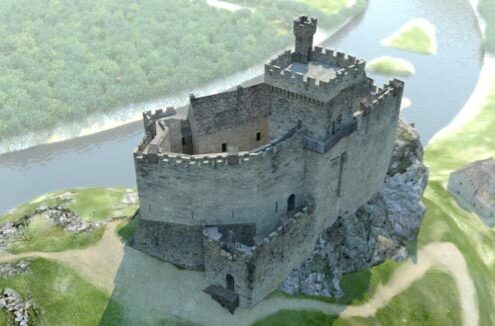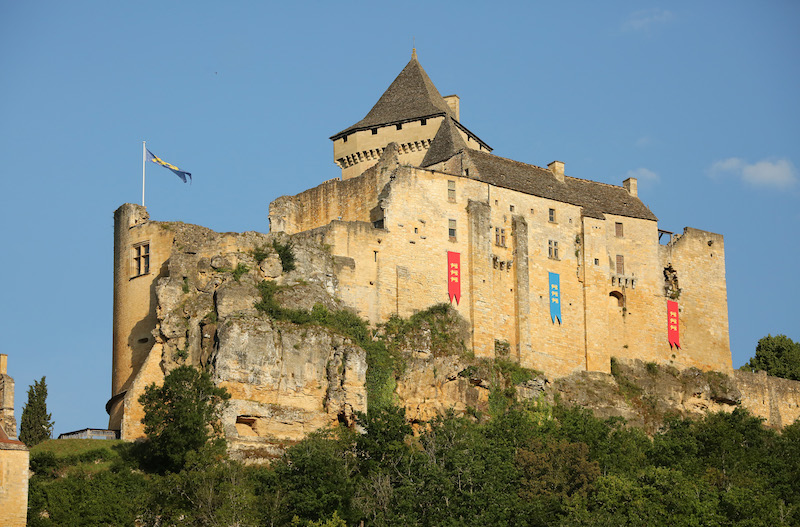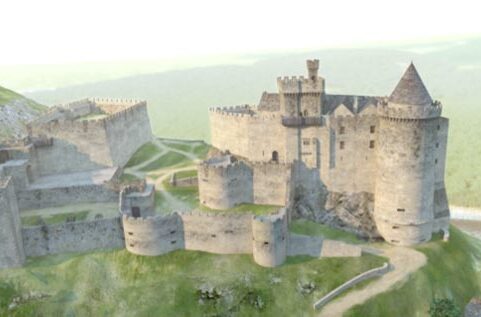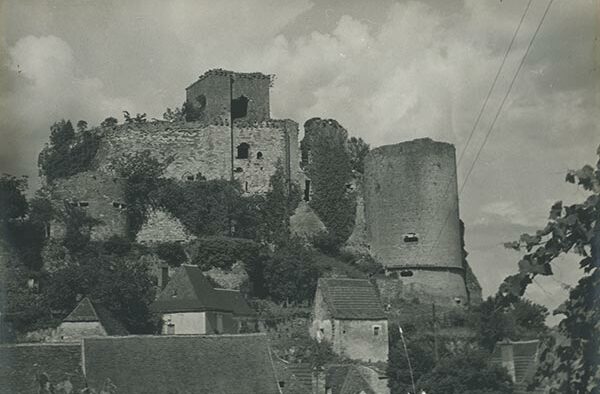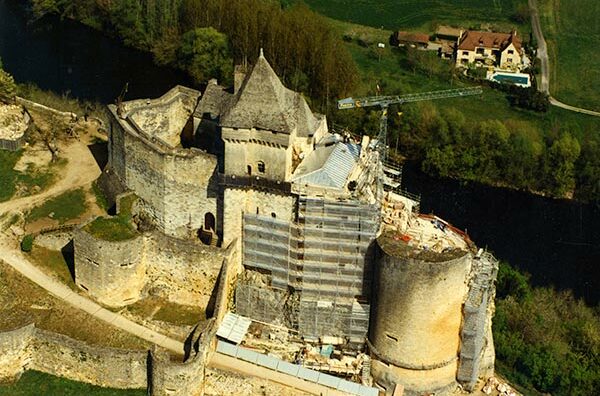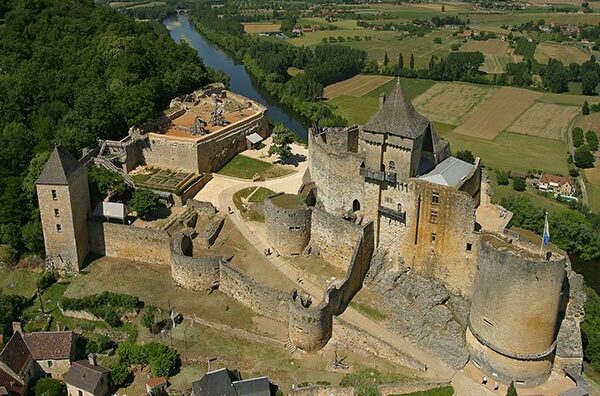The history of the castle
Immerse yourself in more than eight centuries of history at Château de Castelnaud, one of the most famous fortified castles in the Dordogne. From the Albigensian Crusades to the Wars of Religion, from its abandonment in the 19th century to its restoration and the opening of the War Museum in the Middle Ages, each era has left its mark on this medieval fortress perched above the Dordogne Valley.
Today, a visit to the castle offers an insight into the Middle Ages and explores the evolution of this must-see site in the Périgord Noir.
Kléber Rossillon, owner of the Château de Castelnaud, tells you about his family connection with the medieval fortress.
Report produced by the Dordogne Departmental Tourism Committee.
